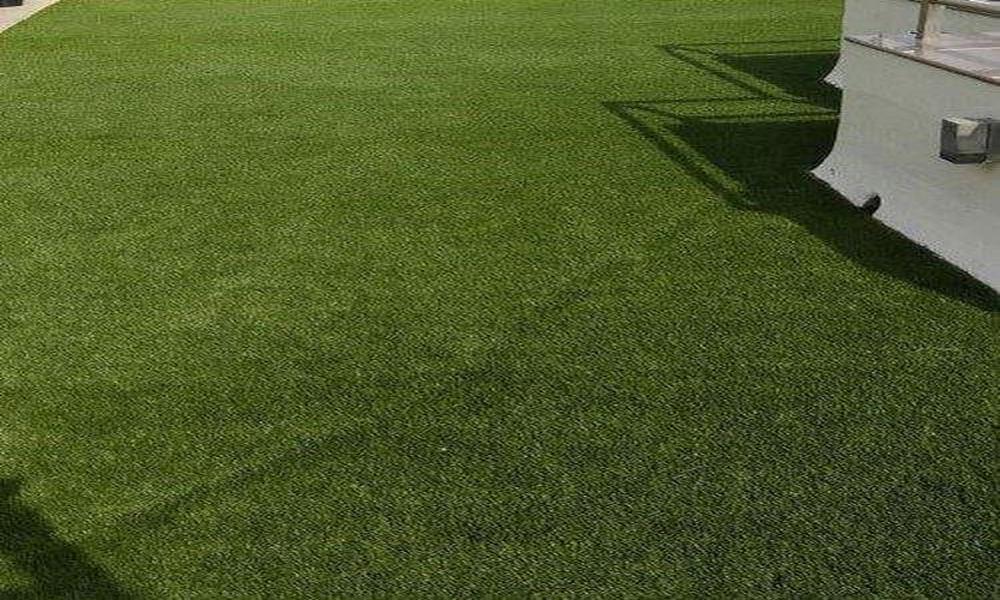One of the main benefits of artificial grass is its low-maintenance nature. Unlike natural grass, which requires regular watering, mowing, and fertilizing to look its best, artificial grass stays green and lush without any effort on your part. This can save you time and money in the long run, especially if you live in an area with water restrictions or high water bills.
Another benefit of artificial grass is its durability. Unlike natural grass, which can be easily damaged by foot traffic, weather conditions, and pests, artificial grass is designed to withstand heavy use and abuse. This makes it a popular choice for sports fields, playgrounds, and other high-traffic areas where natural grass would quickly wear out or become damaged.
Artificial grass is also a great choice for people with allergies or sensitivities to natural grass. Because it doesn’t produce pollen, mold, or other allergens, it can provide a healthier environment for those who suffer from allergies or respiratory issues.
How does artificial grass compare to natural grass in terms of cost?
Artificial grass, also known as synthetic turf, is a popular alternative to natural grass for a variety of applications, from residential landscaping to sports fields and playgrounds. Made from durable materials like nylon or polyethylene, it offers a realistic look and feel that is virtually indistinguishable from natural grass, without the need for watering, fertilizing, or mowing.
While the upfront cost of installing artificial grass can be higher than the cost of seeding or sodding a natural grass lawn, the long-term cost savings can be significant. With artificial grass, you don’t need to water, fertilize, or mow, which can save you hundreds or even thousands of dollars per year in maintenance costs.
In addition, artificial grass can last for many years without needing to be replaced, whereas natural grass needs to be reseeded or resodded every few years to maintain its appearance. This means that over time, the cost of artificial grass can be lower than the cost of natural grass.
What is the environmental impact of artificial grass?
While artificial grass may seem like a less environmentally friendly option than natural grass, it actually has some advantages in terms of sustainability. Because it doesn’t require watering, artificial grass can help conserve water resources, especially in areas with drought conditions or water shortages.
Artificial grass also eliminates the need for chemical fertilizers and pesticides, which can pollute waterways and harm wildlife. And because it doesn’t require mowing, it reduces emissions from gas-powered mowers and other lawn care equipment.
That being said, there are some environmental concerns associated with artificial grass. For example, the manufacturing process for synthetic turf involves the use of petroleum-based materials, which are not renewable resources. In addition, the disposal of artificial grass at the end of its useful life can be problematic, as it is not biodegradable and can take up space in landfills.
Artificial grass can be a great option for those who want a low-maintenance, durable, and attractive lawn. By considering the benefits and drawbacks of this alternative to natural grass, you can make an informed decision about whether it’s right for your needs and preferences.








